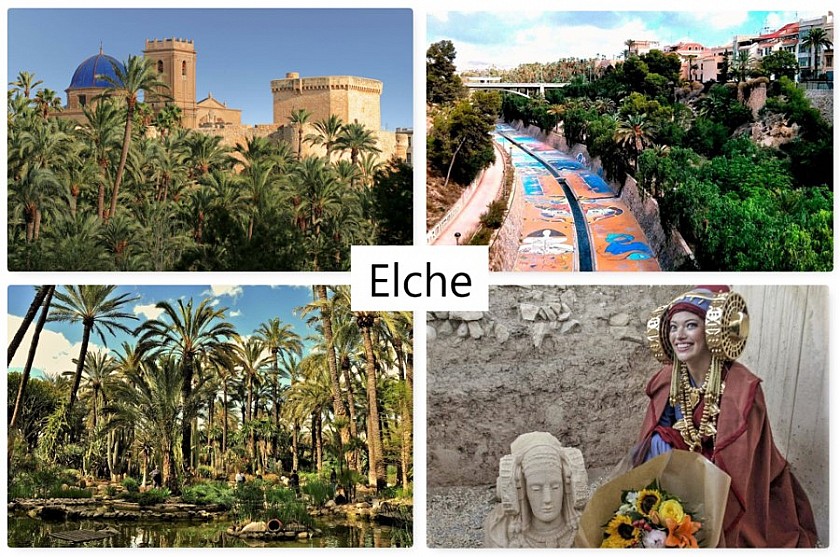
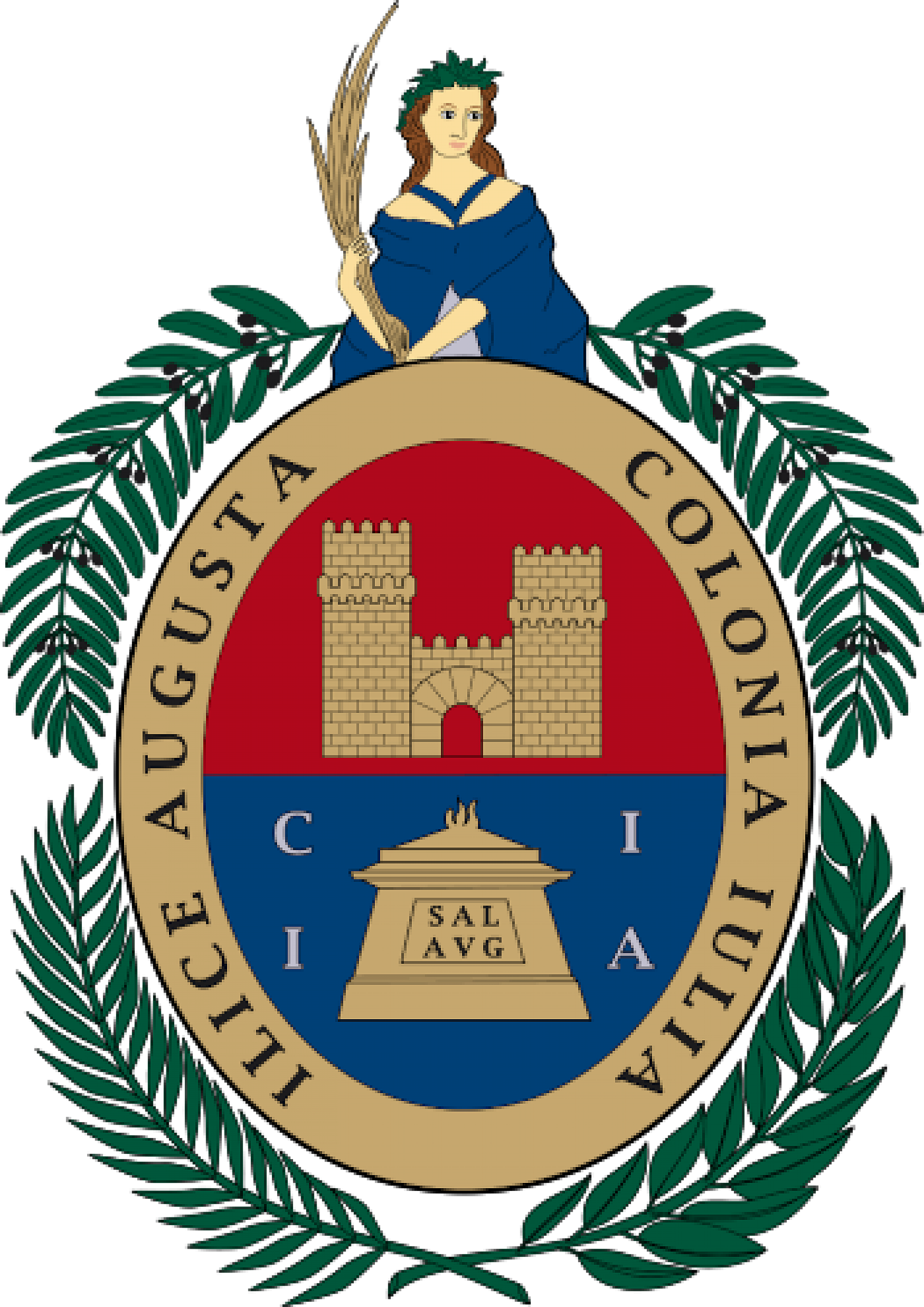
Population:
230.625 (2018)
Flag:
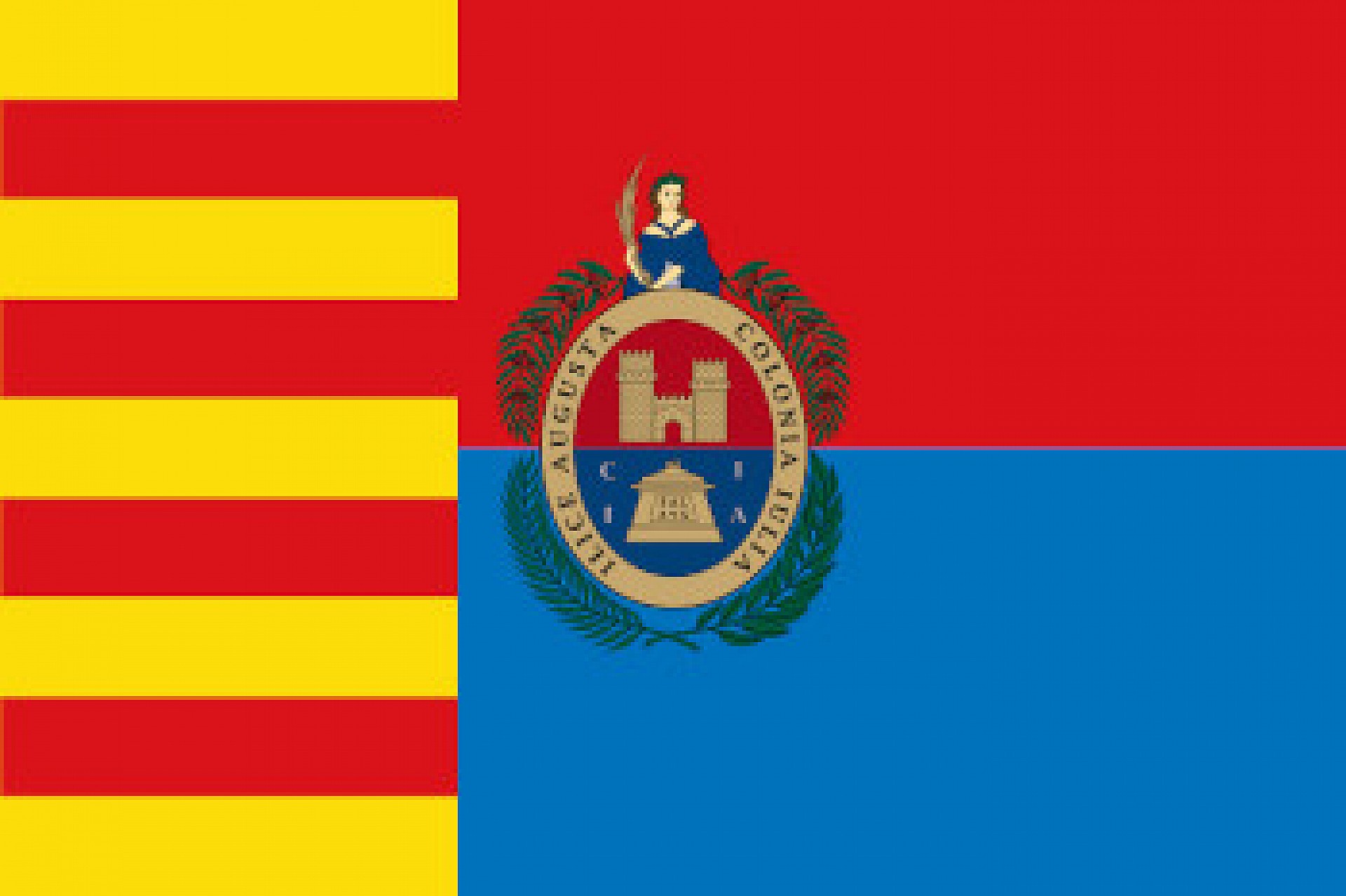
To Elche belongs:
Location: 11 km from coast
Airport: 26 km (Alicante)
Torrevieja: 47 km
Orihuela Costa: 50 km
Elche in a nutshell:
Elche is the second largest city in the province after Alicante and the 20th largest city in Spain in terms of population. It is therefore not surprising that the city with Europe's largest palm grove has a lot to offer visitors. Located in the heart of the Costa Blanca, Elche is a city where extremes meet. A city that proudly looks back on a rich and turbulent past, while confidently building a modern future at the same time. The forward look can be found in three universities, a large congress centre, modern shopping centers and a shoe industry that is nowhere in Europe as large and flourishing as in this historic city. Some figures about Elche are reaching dizzying proportions. More than 200,000 palm trees do justice to the city's slogan of a 'Mediterranean oasis'. More than 1,000 (!) shoe factories provide the local economy with a more than healthy income stream. Another impressive figure: the territory of Elche covers 326 km2, making it almost double that of the provincial capital of Alicante. Twenty villages and hamlets in the extensive, mostly agricultural hinterland fall under the administrative responsibility of the city.
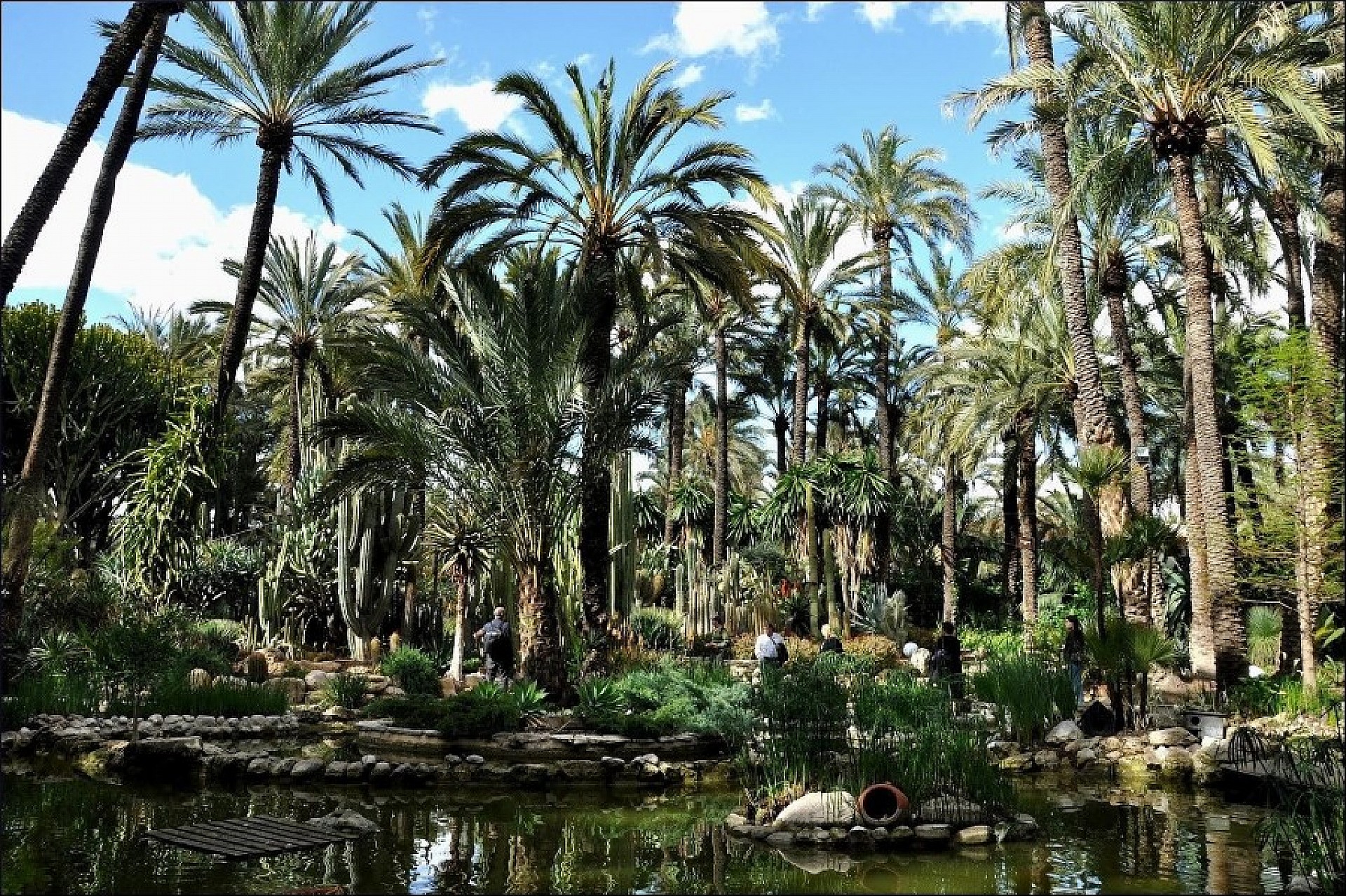
Whoever says Elche probably thinks first and foremost of the city. But Elche is also a nine kilometer stretch of coastline, which has some of the most unspoilt beaches with a long dune row on the Costa Blanca. From El Altet, via Arenales del Sol to El Pinet and La Marina, Elche knows how to cater to bathers just as much as those in search of ancient monuments, tradition and culture. Or, if you prefer, a new pair of shoes.
And nature lovers may also be surprised at what Elche has to offer them. Besides the palm grove and the natural wealth of the Vinalopo River, which cuts through the city, the El Hondo nature reserve is an important attraction. This wetland on the border between Elche and Crevillente, together with the salt lakes around Torrevieja, is of great ecological value for the province. On an area of 2,387 hectares, hikers can enjoy the wealth of flora and fauna in these 'wetlands'.
The Clot de Calvany nature reserve near Santa Pola is also of great natural value and full of animal species. The campo around Elche provides a healthy income stream from agricultural products. The most common are: dates, pomegranates, figs, oranges, lemons, almonds and various vegetables.
Elche is one of the few cities that can still show visitors a lot of its history at the exact place where that history took place. The archaeological area of La Alcudia is where the cradle of contemporary Elche stood. The ten-hectare area borders the huge palm grove and is located three kilometers south of the city. For anyone interested in archaeological finds, La Alcudia is a special location, considered one of the most important sites in the wider area for several reasons.
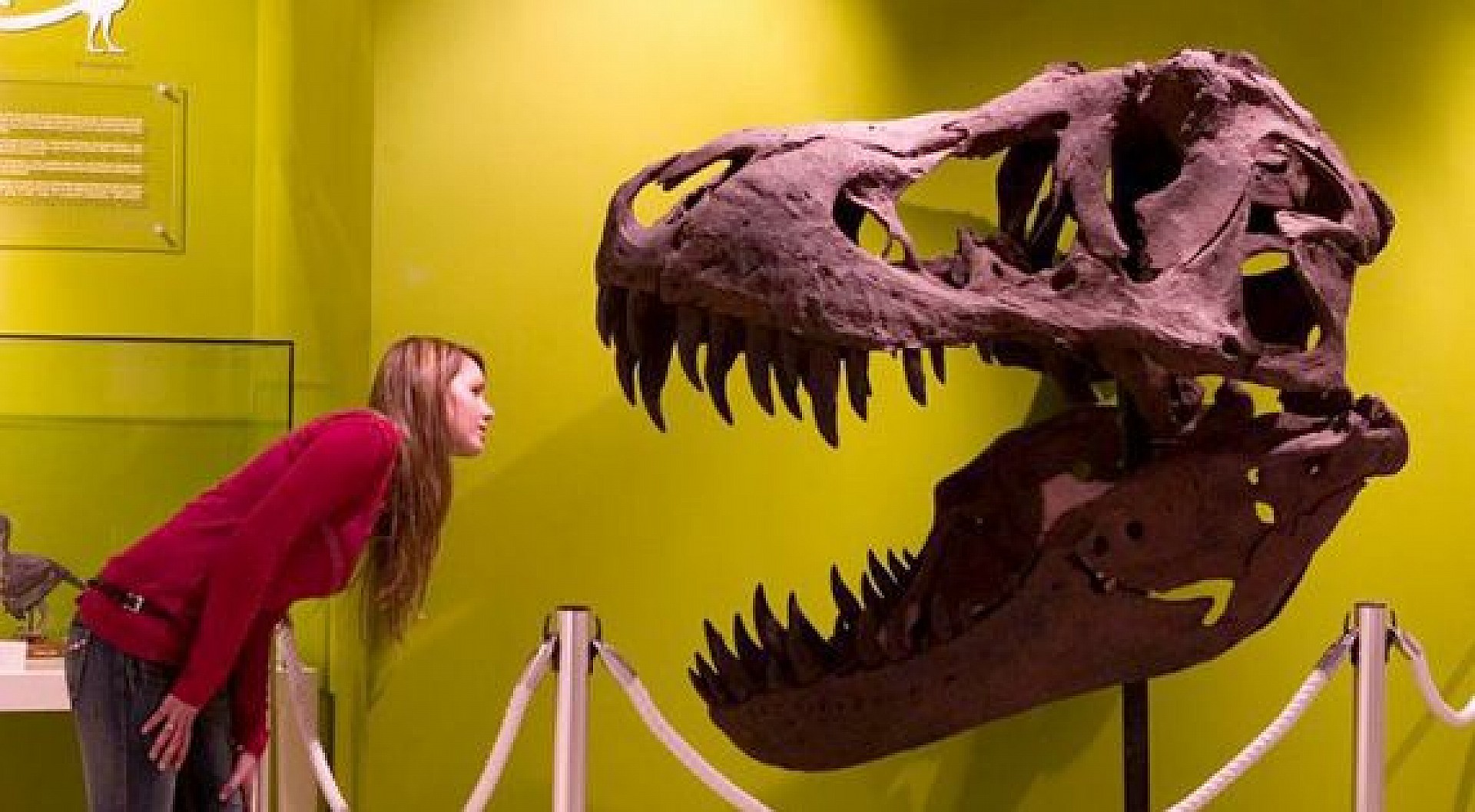
One of the reasons is that some 3,000 objects found at the location are exhibited in the museum-cum-information center. Many of these finds have great artistic value. This is also where Elche's visual symbol, the Dama de Elche, was excavated in 1897. The 56 cm high bust is undoubtedly the most imaginative find. The statue carved from limestone is a masterpiece of Iberian art. It dates from the 5th to 4th century BC. For a long time, the bust had a central place in an exhibition at the Louvre museum in Paris. Today it is housed in the National Archaeological Museum in Madrid, but a life-size reproduction can be seen in Glorieta Square in the city.
But perhaps most interesting to those interested in history and archeology alike, is that 6,000 years of life are reviewed in chronological order. The oldest finds here go back as much as the Neolithic period about 5000 years BC. Subsequently, the Iberians, Cartagenians, Romans, Christians and the Muslims settled in La Alcudia. All these cultures recognized the importance of the area and eventually left important traces, which can still be admired today.
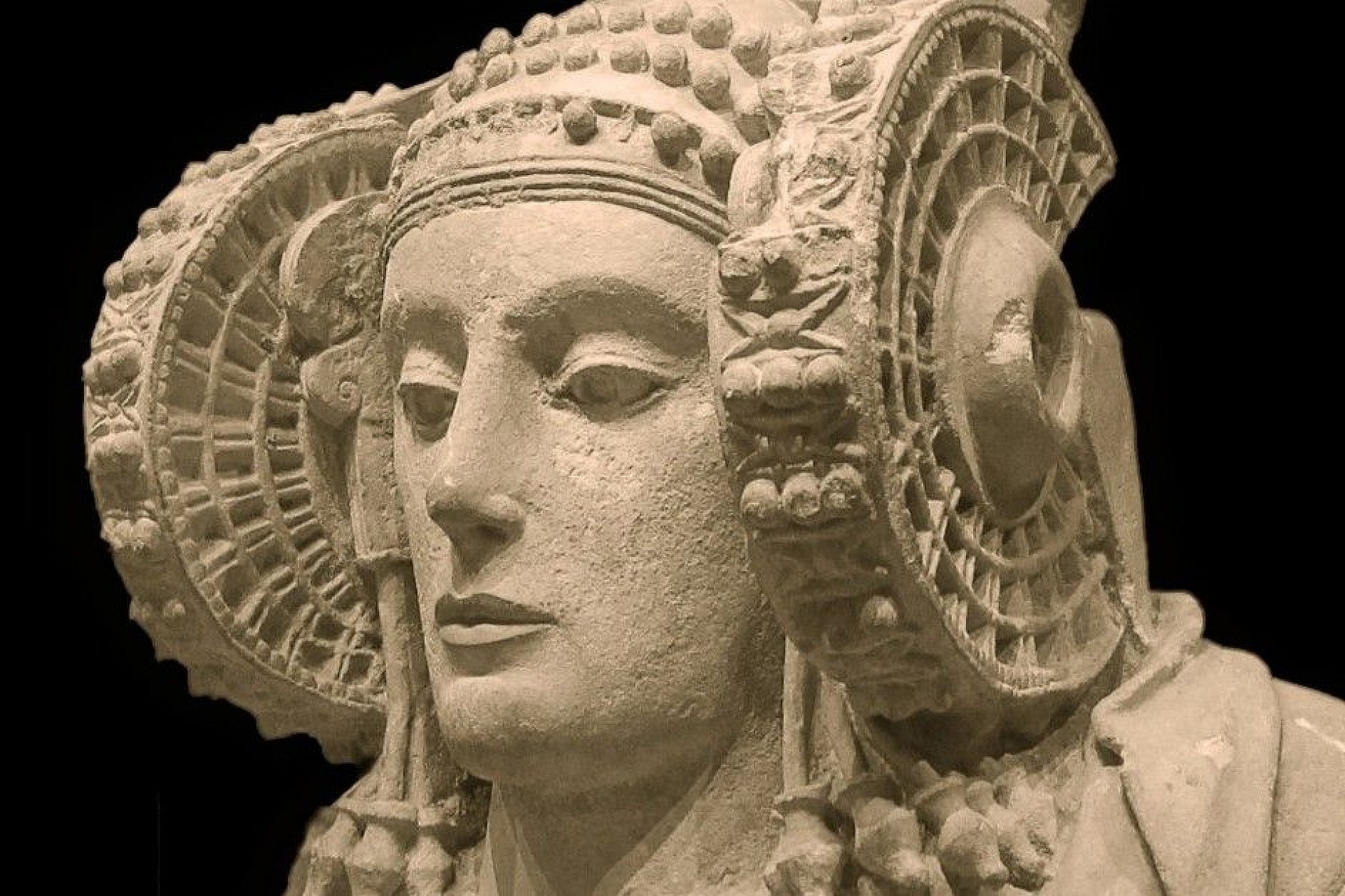
In the later time that La Alcudia was inhabited, the city at its present location also began to take shape. The Romans gave Elche the name Colonia Iulia Ilici Augusta and brought economic prosperity. Elche fared even more prosperously during the Moorish rule. Under Islamic control, the Vila Murada (the Walled City) was built. The occupiers made a lasting contribution to the local economy with their complex irrigation system, which has benefited not only the palm grove but the entire agricultural sector to this day.
The final chapter in Elche's turbulent history started in the middle of the 19th century when the first steps were reluctantly taken in the now so important shoe industry. It propelled the city both economically and culturally into the pace of peoples and helped it develop into the bustling city that Elche is today.
Nearly 35% of the total population of Elche is under 30 years of age. That makes it a very young city. It is logical that it is bustling with activities. The center in particular is blessed with a wide range of terraces, bars, cafes and restaurants. The nightlife also has a wide variety of live music in clubs and cocktail bars. At the same time, Elche has an eye for older, and sometimes less able-bodied, visitors. In 2008 it received the Queen Sofia Prize for accessibility of tourist facilities. The city has put a lot of money and energy into the most friendly policy for wheelchair users. Large parts of the center are pedestrian zones without curbs and in public buildings, annoying barriers have been removed where possible.
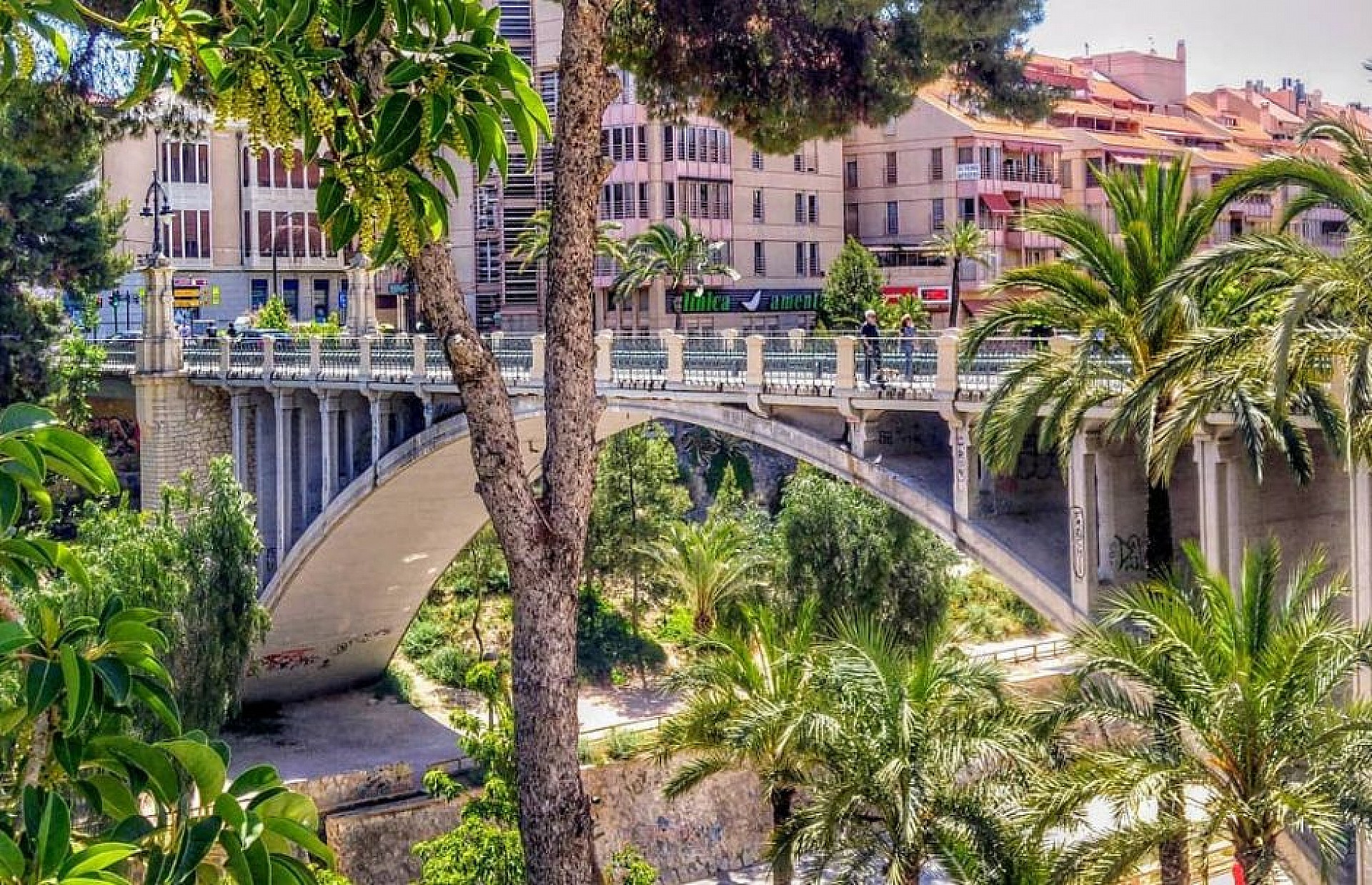
Many of the sights are in the immediate vicinity of the huge city park. This green lung of Elche is located directly along the dominant Vinalopo River, which connects the districts via many bridges. How could it be otherwise for Europe's palm capital, the park is dominated by these shady trees. During the warmer months, the park regularly hosts live concerts. The visitor center in the city park is the logical starting point for newcomers to the city. In a striking building with an oriental dome, an audiovisual presentation about Elche is given, in which the history, traditions, culture, festivals and the local economy are all reviewed. Information boards provide visitors with additional information.
Within walking distance of the popular park you will find the following sights:
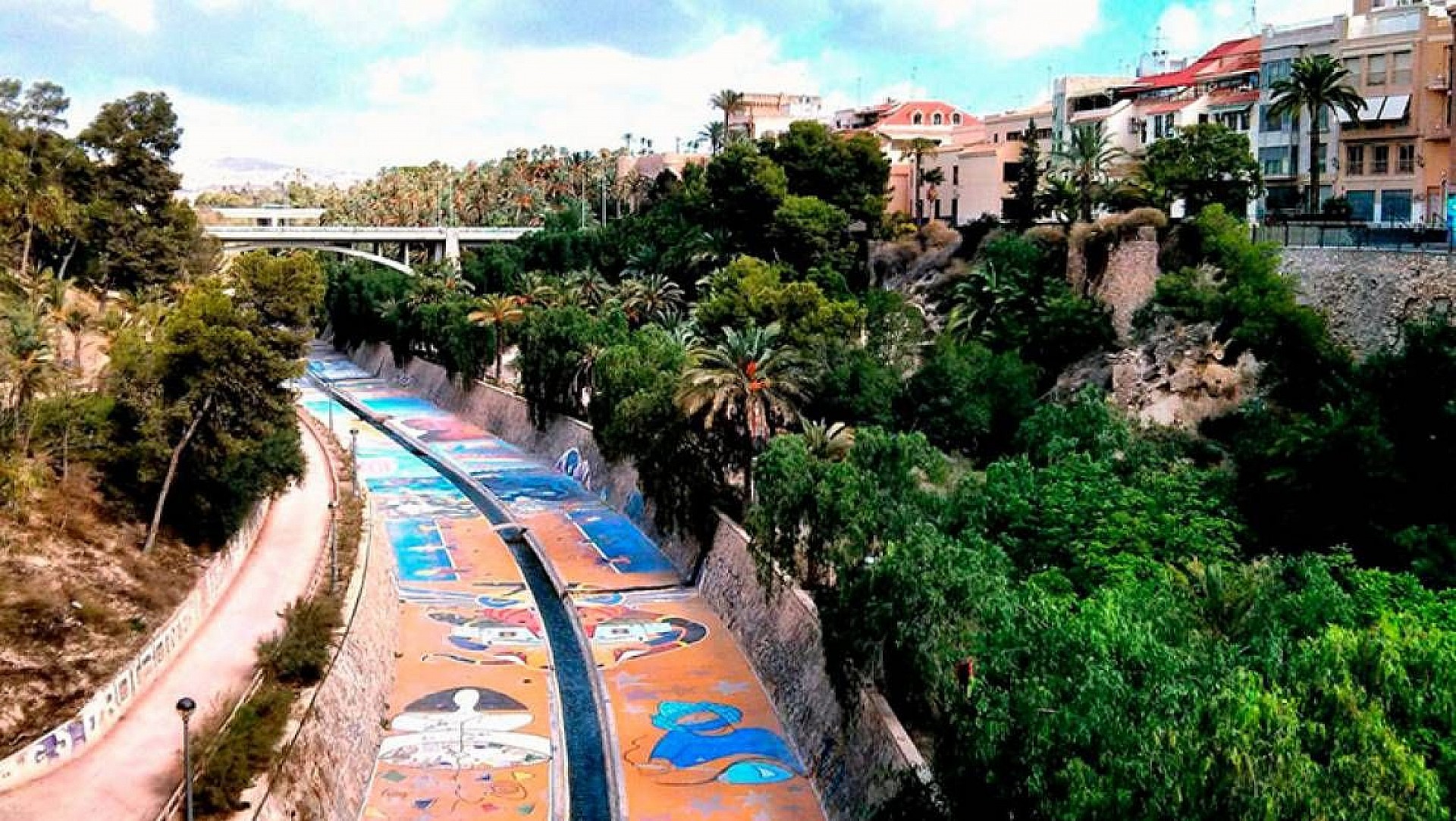
An easy way to see the highlights in the old town is to take advantage of the regular guided tours. These last about an hour and a half.
Just outside the center, the Huerta del Cura is another major attraction. This special garden is the place where the famous Imperial Palm can be admired with seven side shoots. The garden is an oasis of tranquility where palm species from all over the world and beautifully cultivated cactus areas are gathered around beautiful ponds.
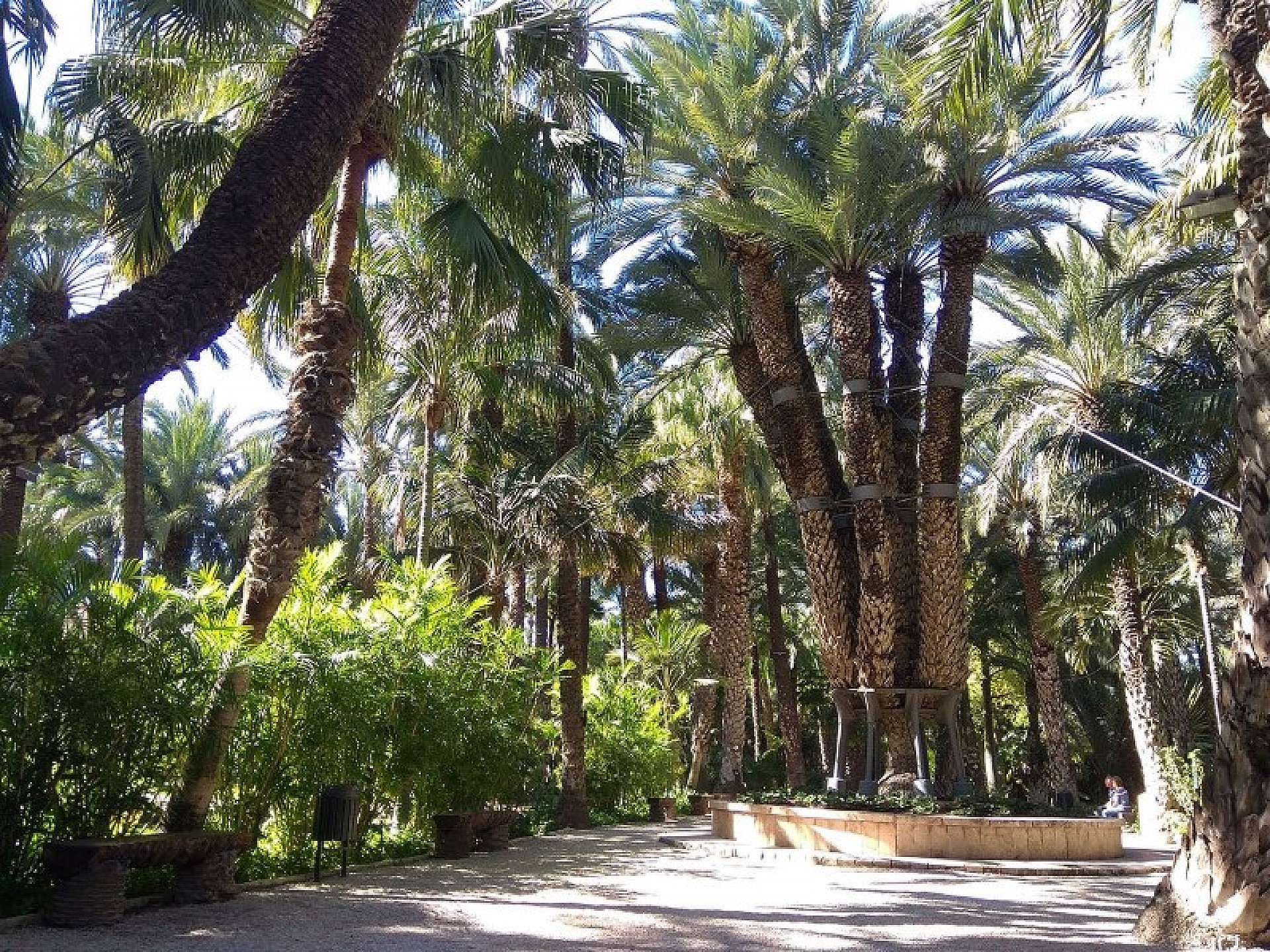
Those who want to delve into the rich culture of Elche can choose different angles on the basis of a series of museums, all of which tell part of the total story. In addition to the already mentioned museums in the city center, a look at the following museums is recommended:
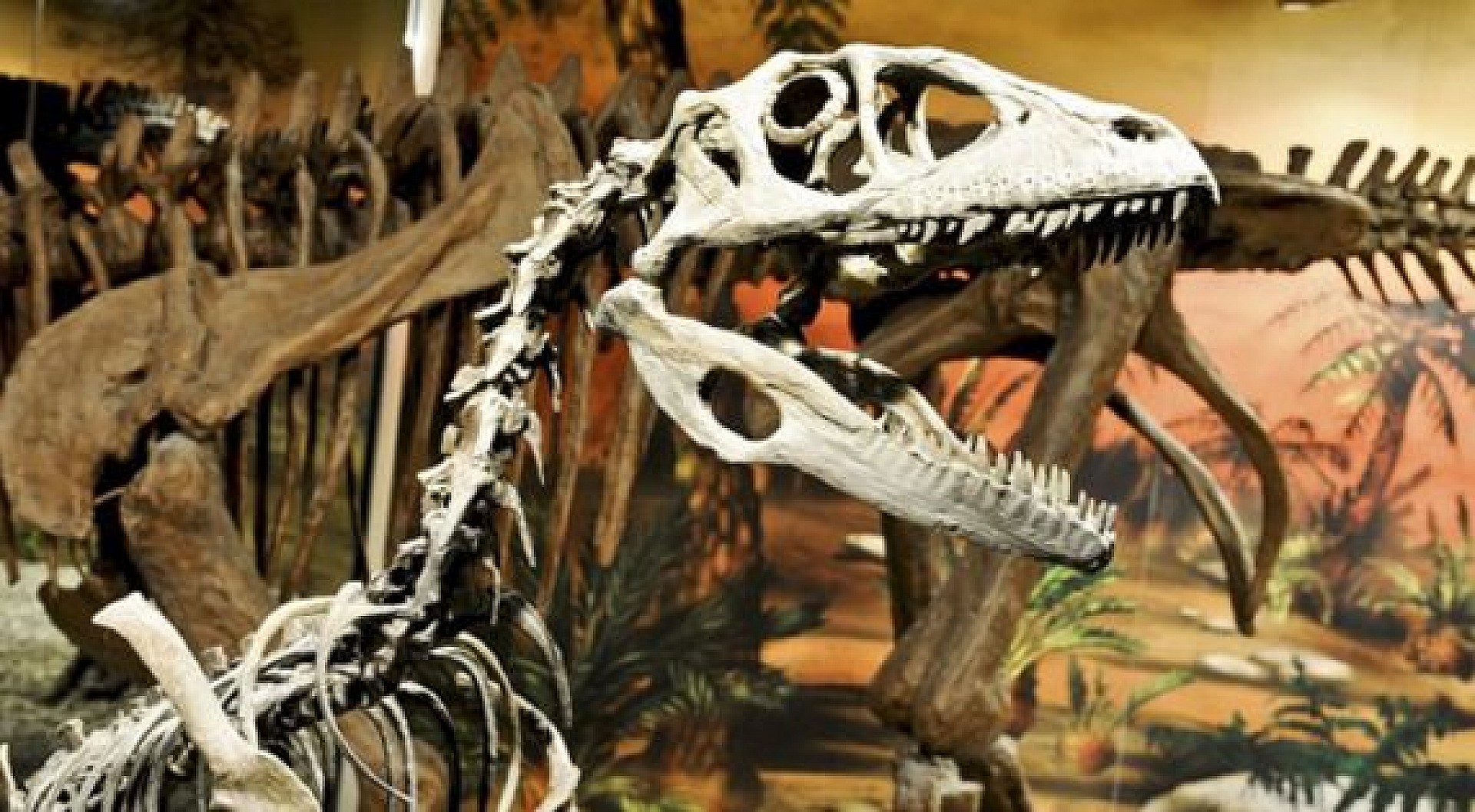
The mystery of Elche is a religious medieval scene depicting the Assumption of the Virgin Mary. The two-day performance of this authentic relic of a medieval liturgical drama takes place in the Basilica of Santa Maria. Both days (14 and 15 August) are the annual highlights of cultural life in Elche. Thanks to its unique character, its place on UNESCO's World Heritage List and the ingenious scaffolding in the basilica, the fully sung spectacle is a theatrical performance that even has international interest.
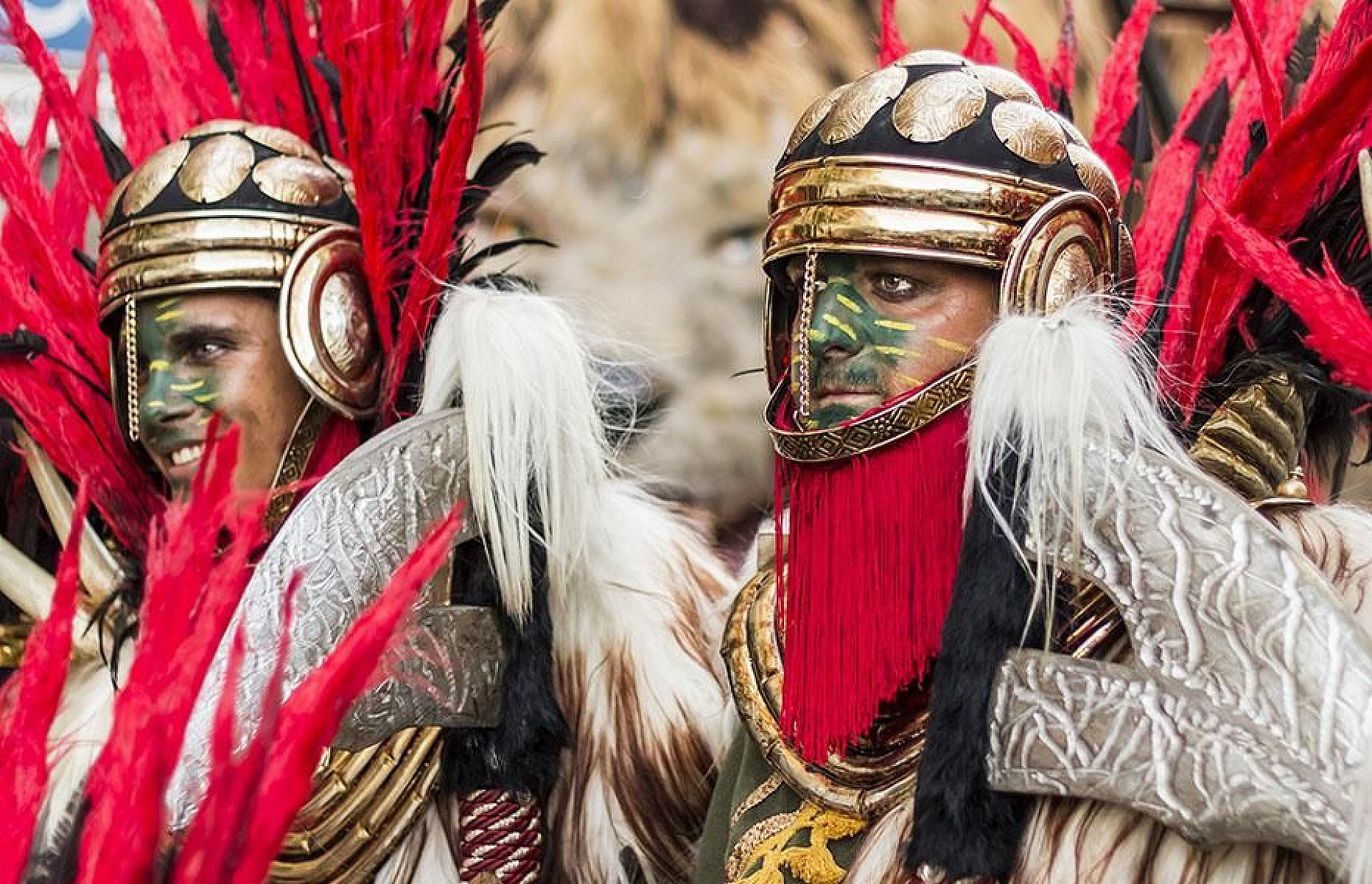
The mystery has an ancient history. Even when theater performances were banned in 1632, the then Pope intervened to make an exception for the mystery of Elche. The music during the two evenings is based on medieval, Renaissance and Baroque melodies and includes lamentation and choral singing. Those who are not yet sufficiently captivated by the spectacular depiction of the Assumption of the Virgin Mary, may be tempted by the complex technical tricks that are performed to show both earthly and heavenly existence. By installing a false ceiling in the dome of the basilica, Mary's ascension to heaven is credibly depicted.
Dress rehearsals are held in the basilica during the three days prior to the performance.
The mystery of Elche is also at the heart of a series of festive activities held in August around the Virgin Mary, the city's patroness. On the night of Alba, which starts at 11 a.m. on August 13, fireworks are set off from the roofs of houses all over the city. That goes on for an hour. The final climax is when the giant 'palm tree of the virgin' appears in the sky.
The night after is La Roa night. All the bars and nightclubs bring out their stuff. All night until dawn, the streets of Elche are a wild feast of alcohol, music and dancing.
Even the annual festival of the Moors and Christians is scheduled as part of the 'Mary celebrations'. Several parades are held from August 8 to 12, celebrating the centuries ago that the Christians defeated the Moorish overlords. In addition to the colorful musical parades and the 'fights' between the two warring parties, an element of the celebration is just a bit different than in other cities and towns. The moment is re-enacted when many Moors converted to Christianity.
Here is a selection of the many other parties and festivals:
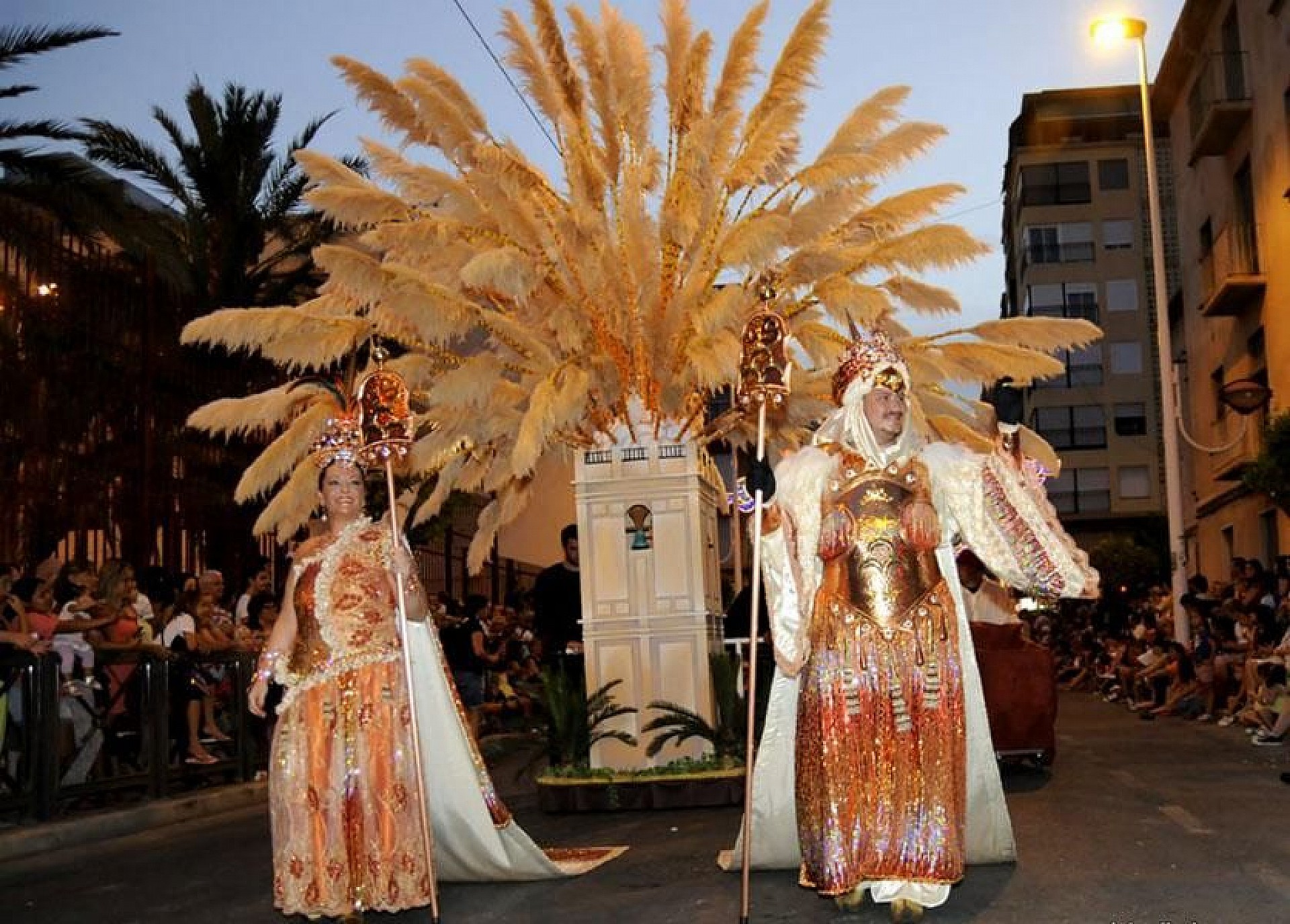
The annual calendar in Elche also features a tapas festival, a festival of independent filmmakers and a festival of theater and street art.
Elche has developed an interesting way of making a visit fun for younger children as well. In the form of
The cartoon character Ili Palmir is an Indiana Jones-like character created, who assists children in two different adventures. The first is the search for dozens of friendly dragon eggs, which can be found in the city. The second adventure also has a partially educational aspect. Together with Ili Palmir, the young participants follow the traces of Elche's past. In this way they get acquainted in a playful way with the time of the dinosaurs, the palm groves, the medieval city and modern times.
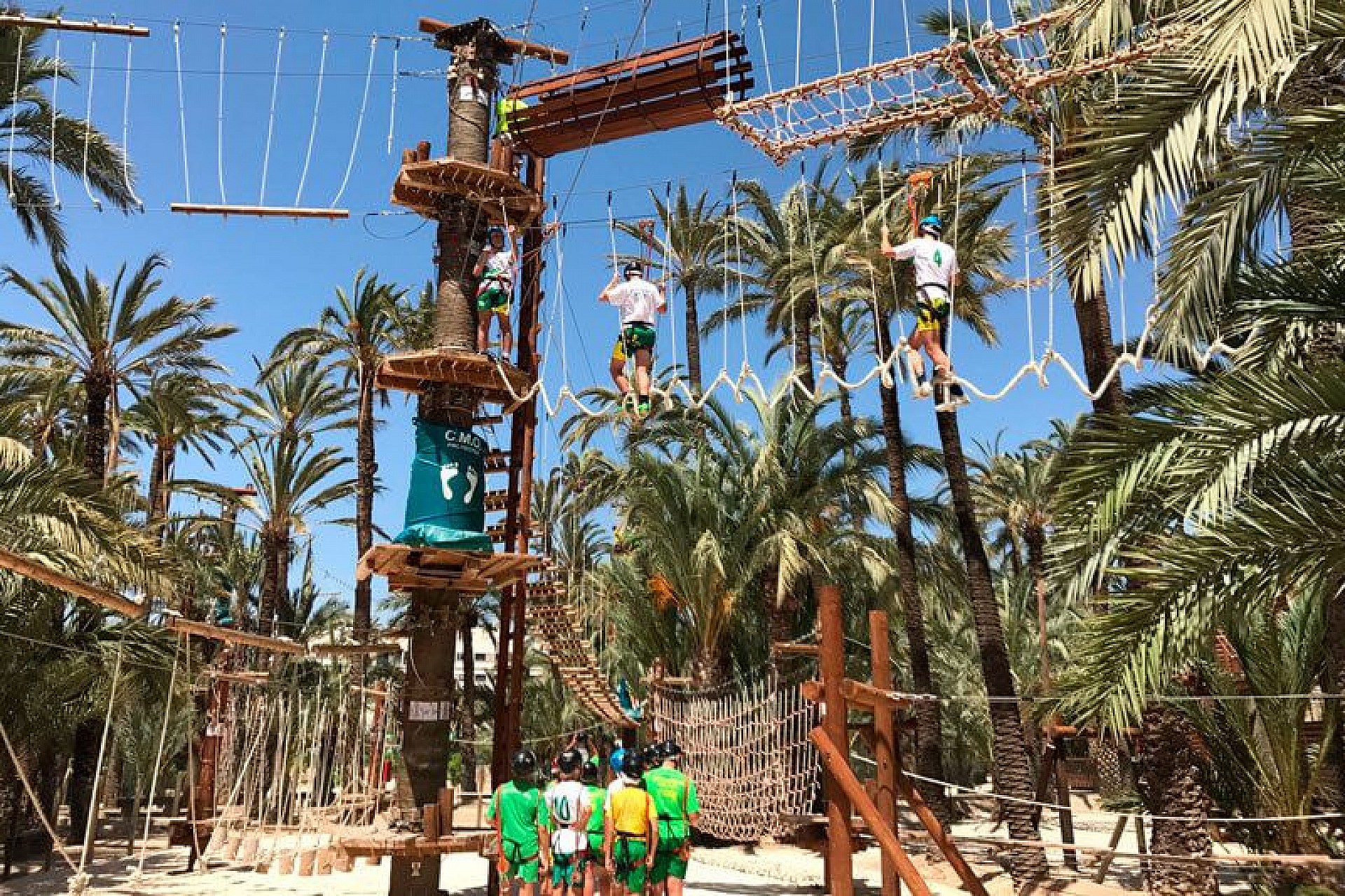
The trips with the tourist train are intended for children and the whole family. This starts in the large city park. The medieval center and the palm grove are also visited. Another train journey can be taken in a miniature train at Torrelano station. An exhibition of old train engines can also be visited there.
The Multiaventura adventure park aims at all age groups with a range of different activities. An easy course is especially designed for children from the age of four. Older children and adults can give their "fight" to the test on more difficult trails, zip lines and a large climbing wall.
A completely different park is the Rio Safari Elche. This is the habitat of almost a hundred different animal species from almost all corners of the world. Visitors can move around the park on foot or in a small train. There are much larger animals to see such as: lions, llamas, bison, antelope, giraffes and jaguars. In Rio Safari there is also a water park, a trampoline area and a track for go karts.
A special way to experience Elche and its surroundings is from the air. Hot air balloon rides are popular in the region and give an adventurous look at the city, the palm grove, the agricultural area and the surrounding villages.
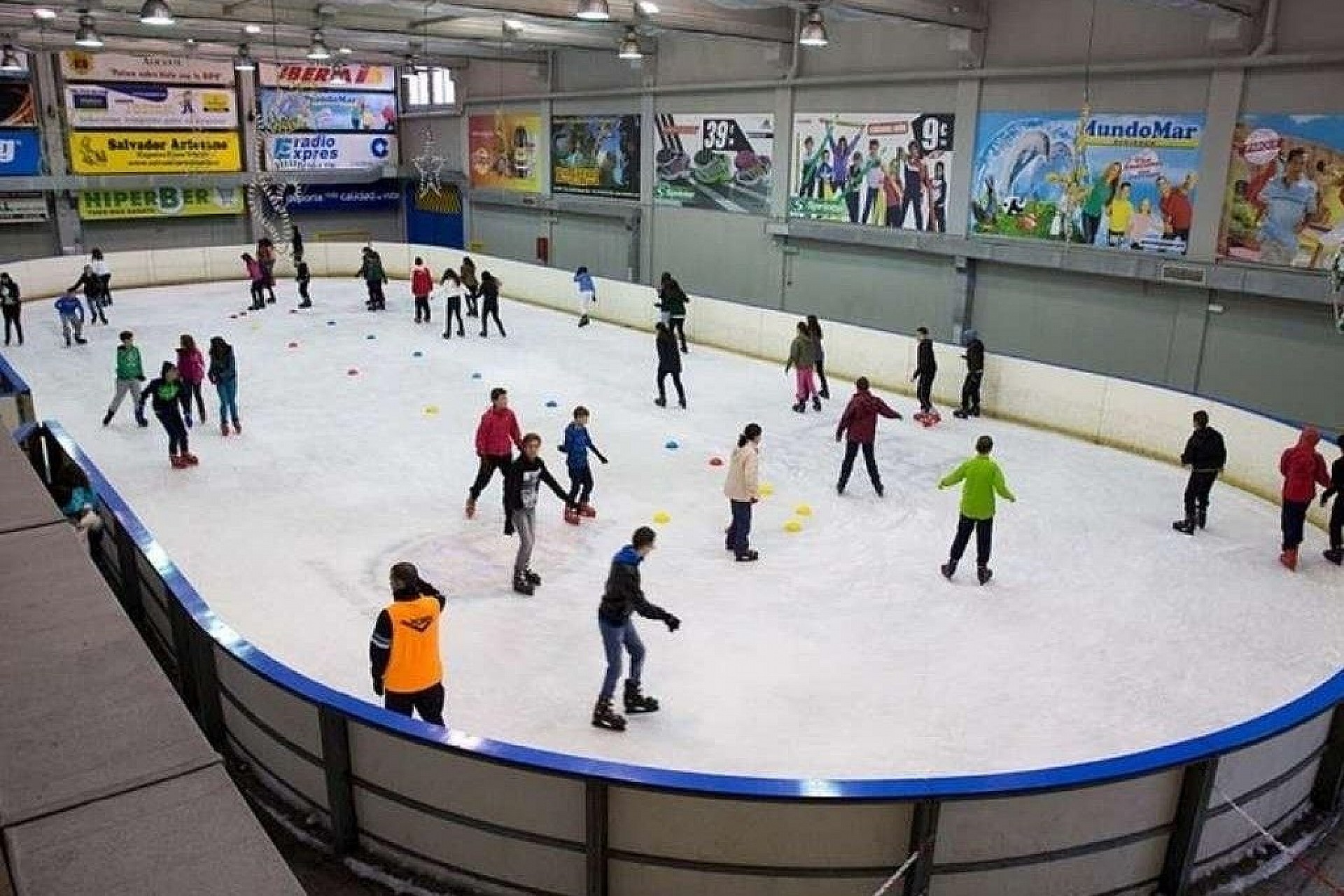
Elche has several sports facilities for a wide variety of sports. The largest complex is named after Juan Angel Romero and includes an Olympic-size heated swimming pool. The club deportivo squash is both for practitioners of this ball sport and it houses an ice rink, which is open all year round.
The city also holds a half marathon every year and for the real go-getter, the so-called Transilicitana is worth considering. During this event, the participants have to walk or run a course of 100(!) km through Elche and the surrounding area. They must complete this in a maximum of 24 hours.